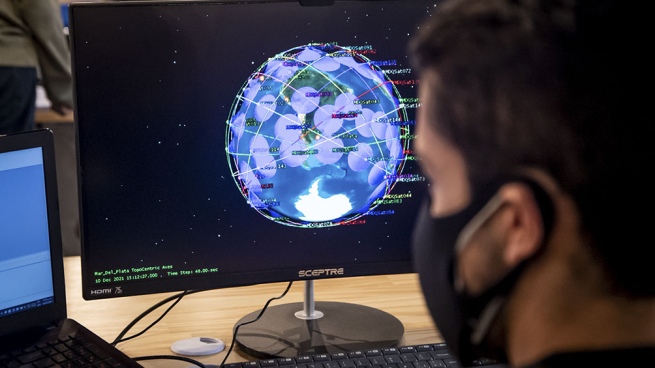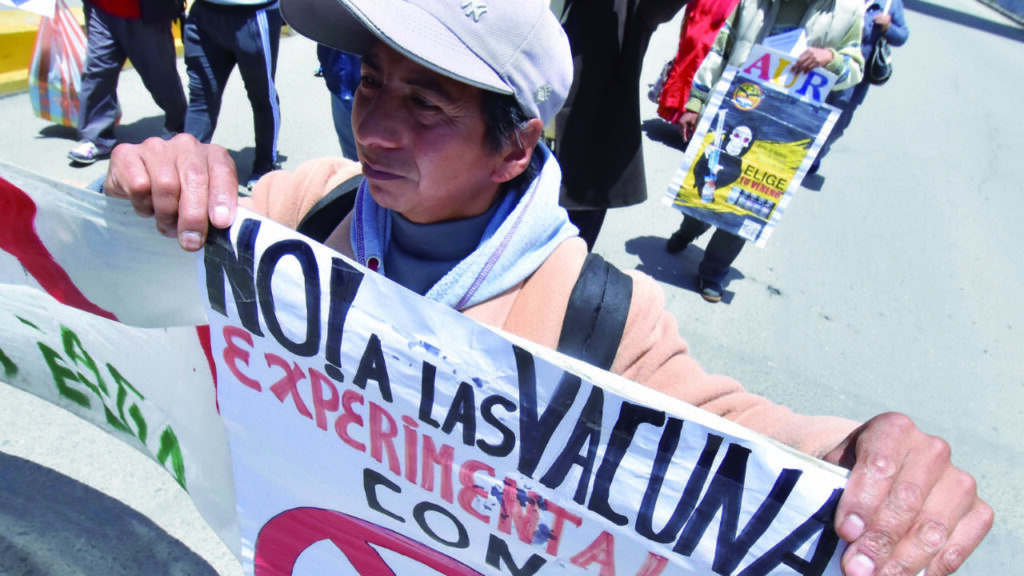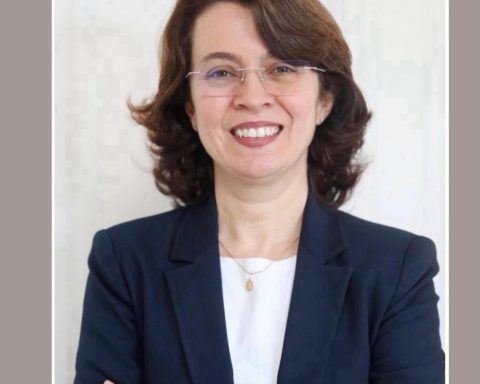The first Argentine communications picosatellite will be launched this Thursday is from the Kennedy Space Center in Cape Canaveral, in a “historical” event that is also the coronation of an idea that was born in the classrooms of a technical high school in Mar del Plata and that was maturing thanks to the commitment of both private companies and the National State.
“It is a historic launch for our country and the world,” assured the teacher and CEO of the Innova Space company, Alejandro Cordero, regarding the 461-gram minisatellite designed to provide connectivity to the Internet of Things (IdC, IOT for its acronym in English) to rural areas of the country as part of a constellation of 130 that are expected to be sent into space in the next three years.
The Undersecretary of Knowledge Economy of the Ministry of Productive Development, María Apólito, highlighted that the MDQubeSAT1 San Martín -as the name of the picosatellite- “is the first in Latin America of this size and with these specific characteristics”, and he praised the project as a “model” of both public / private collaboration and “a virtuous alliance between education and the productive world.”
Mini-satellites represent the new generation, whose main advantage is the reduction of construction and launch costs, and all those who weigh less than 500 kilos are thus designated. In turn, there are different subcategories and the term “picosatellite” is reserved for those weighing between 100 and 1,000 grams.
On the other hand, the internet of things -which some identify as the next industrial revolution- refers to the digital interconnection of everyday objects with the internet and without the intermediation of people.
“This type of connectivity service is going to be a common denominator in many economic sectors because having everything that concerns a productive sector online is what is coming,” Apólito told Télam.

The official explained that to permanently and remotely monitor issues such as “harvest times, drought or other meteorological variables”, for example, sensors in the field are not enough, but “you need connectivity between the equipment and the apps that producers use; and for that you need the internet of things service” via satellite where there is none.
“We have very good internet coverage, but our country is super extensive, very diverse, there are places where the usual supplier companies do not reach because they are field areas where there are no users, but there are machines and sensors,” added this magister in Political Science and Science and Technology Management.
To its turn, Cordero recalled that “70% of our country is without any type of communications coverage.”
The businessman explained that the new platform “will revolutionize satellite technology”, in terms of “size, low launch cost and service capabilities, with endless applications“; Given the Although this project is focused on agriculture, it can also be applied to “maritime, mining, oil and gas” activities.
“Silobags, for example, have sensors to know what is happening: if they are vandalized, if the grain is fine, when they have to remove it from the bag … But that sensor without communication is useless,” he said.

The launch from Cape Canaveral
The first satellite of the constellation “Liberators of America” will be launched this Thursday at 12 in Argentina through Space X, the company founded by Elon Musk, and can be followed live on the account of Innova Space Youtube, with a special transmission for guests at the company’s facilities in Mar del Plata.
The 10 x 10 x 5 centimeter MDQube-SAT1 peak satellite will orbit in the LEO (Low Earth Orbit), a Polar Orbit at approximately 400-500 kilometers.
“This first mission consists of a proof of concept and validation of the platform, which will allow us to move forward and make improvements in the design of the next satellite, on which we will start working soon, “he concluded.
The road leading to tomorrow’s launch, It began in 2019, from the classrooms of the Technical School No. 5 in Mar del Plata, when the electronics teacher Alejandro Cordero proposed to his students to design a picosatellite.
Overcome the initial disbelief, they got to work, won different contests and created the startup Innova Space, which in 2019 obtained an initial investment made by Neutrón, the project accelerator based in Mar del Plata.
The following year it agreed to the financing of an ANR (Non-Refundable Contribution) of the Ministry of Productive Development of the Nation for 15 million pesos within the framework of the “Soluciona” program, to which a new injection of funds of 50 million pesos has just been added from the “Enhance Knowledge Economy” program, a call that was specifically aimed at the satellite and aerospace industry.
WHAT IS A PICOSATELLITE, HOW DOES IT WORK AND WHAT IS IT FOR? ?
In this thread ? we tell you why the launch of San Martín, the smallest satellite that Latin America will have in space, is so important for our aerospace history ???. pic.twitter.com/A94JnhpoS5
– Ministry of Productive Development (@produccion_arg) January 12, 2022
“The knowledge economy sector is not just software, as is sometimes believed, but there are other activities that are extremely important and have great potential in Argentina: one of them is the satellite industry,” Apólito told Télam.
The official explained that the first ANR served “to finish building this picosatellite”, while the most recent will contribute to “the second generation of satellites that will be developed throughout this year to launch the constellation.”
Apólito pointed out that between the two programs, last year financing for almost 388 million pesos was granted to “21 projects of this level”; and although the rest “are not as widely disseminated, because they are not in the launch stage” or have nothing to do with the development of a complete satellite, they are equally important.
“Argentina is one of the 10 countries that manages absolutely almost the entire value chain of the satellite industry that is changing the business model, because it is shifting towards the constellation of satellites”, He said.
On the other hand, the official explained that “the great challenge of the satellite industry, now that we handle the physical part of the construction of satellites very well, is to focus on how to use that information in a strategic way from both the State and the sector. private, to make decisions based on large volumes of information “that come from these artifacts.
















